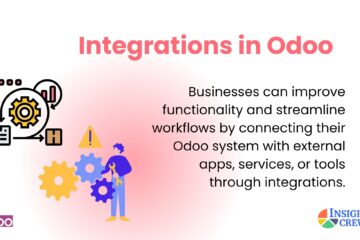Models for Django
A Manual for Organising the Data in Your Web Application
Data is the foundation of every application in the ever-changing field of web development. It serves as the foundation for functionality and the impetus for user interactions. Presenting Django models, the unsung heroes who create the framework for efficient data management in any Django web application.
Knowing Django Models:
Django models design your application’s data landscape. They lay out the structure and connections between various bits of information, defining the blueprint. Models facilitate the smooth organisation and accessibility of your data by acting as a bridge between your Django application and the underlying database.
- The Importance of Models: Explore why Django models are essential for creating reliable websites.
- Data Organisation: Models provide your data with an organised framework that improves clarity and makes management and upkeep simpler.
- Database Interaction: By serving as middlemen and offering CRUD (Create, Retrieve, Update, Delete) functions via Django’s ORM, models streamline database interactions.
- Data validation: By enforcing data validation guidelines, models make sure that input follows predetermined formats and avoids inconsistencies.
- Admin Interface: Django models provide an admin interface with ease, giving users the ability to manage data with an intuitive online interface.
Creating a Basic Model:
To demonstrate how to create a basic model for a “Blog Post” in a Django application, let’s look at an example:
from django.db import models
class BlogPost(models.Model):
title = models.CharField(max_length=255)
body = models.TextField()
pub_date = models.DateField(auto_now_add=True)
def __str__(self):
return self. title
This succinct piece of code defines a model named BlogPost, encompassing
three essential fields:
title: A character field storing the title of the blog post, with a maximum length
of 255 characters.
body: A text field capturing the content of the blog post.
pub_date: A date field automatically documenting the creation date of the
blog post using auto_now_add=True.
The str method furnishes a human-readable representation of the model,
simplifying identification within the Django admin interface.
title: A character field with a maximum length of 255 characters that holds the blog post’s title.
body: A text field that contains the blog post’s content.
pub_date: A date field that uses auto_now_add=True to automatically record the blog post’s creation date.
The str method makes identification in the Django admin interface easier by providing a human-readable representation of the model.
Combining the Components: After your models are clear, you can create forms to collect user input, views to manage user interactions, and templates to display data understandably. Your web application’s functionality and features are built using Django models as the foundation.
To sum up, Django models are the perfect example of a powerful tool for coordinating data in your online projects. By understanding their core and skillfully utilising them, you can improve data integrity, expedite development processes, and create scalable and well-organised apps.
This story is only the tip of the iceberg. You will discover many sophisticated model features as you explore Django, such as custom managers and inter-model interactions. Have fun with your coding!


